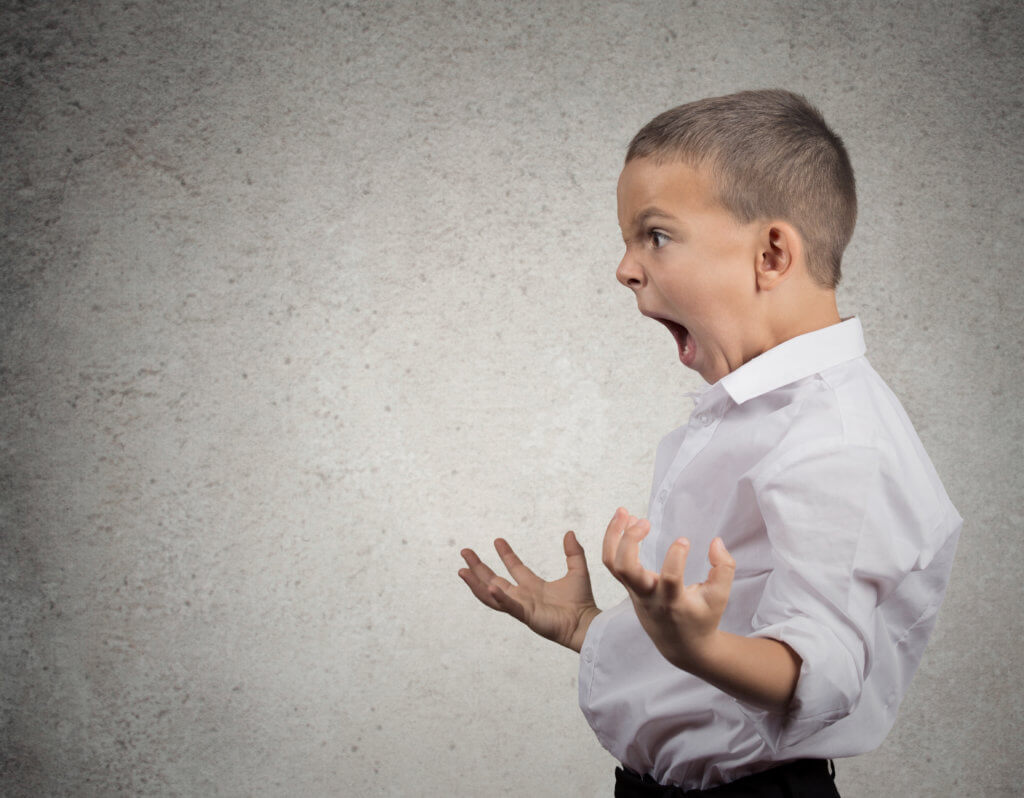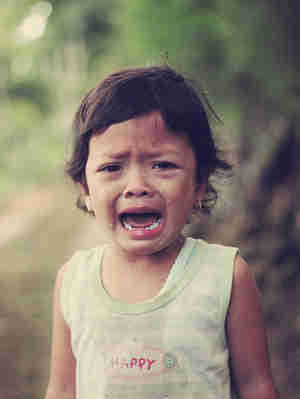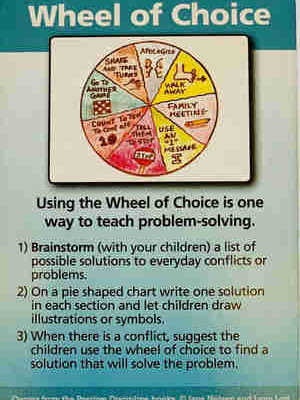Calming Tantrums

Ah, the tantrum. This is a sharp trigger for adults. The last straw that ultimately makes US display our own grown-up version of a tantrum. Tantrums are burned in my memory like a scrapbook. The one on the way to sign the mortgage papers (no reschedule there), or the one in front of 25 parents I teach, or the one in the restaurant on vacation (I think my tantrum in reaction was bigger than hers).
Maybe it is the feeling we have of helplessness, or the piercing screaming and crying, or the fact that they usually happen when we have an audience or we are late for something. I have not met a SINGLE child that did not, at one point in their early years, have a tantrum. So why does it feel so isolating, so challenging, and so embarrassing when a child is having one? We take it so personally, replaying all the things we should have and could have done.
Can we prevent them? Sometimes we can, on a really good day. We can plan ahead with extra snacks, clearly communicate expectations and practice routines, or offer transition tools like a stuffy, their favorite book or let them bring that leaf home from the park. We can offer choices.”Do you want to hop like a frog or swing like a monkey to the car?” We can give fair warning and let them push the button on the timer. We can redirect and distract with a song or game or tell them we “need” their help with the…
laundrydishesmoppinggardeningwrappingsorting
– anything to give attention usefully.
But the truth is, sometimes they just need to FEEL, and this is their way of expressing their emotions. They are hungry, tired, angry, or sad. The water is too wet. The sun is too hot. The bowl is the wrong color. The food is slimy. The truck is mine. I don’t want to leave. I do want to leave. We have a hard time accepting their emotional expression because it is just so BIG. And we aren’t used to it. We don’t get to practice feeling feelings all that often, do we? When we are hungry or tired or angry or sad we stuff it, fix it, numb it, or, my personal favorite, blame someone else.
I was recently introduced (by a 1st grader to her mom) as her “feelings teacher.” I love this, because really when you boil down my day that is exactly what I do. I talk about feelings, teach kids to recognize and name their feelings, and with the right dose of kumbaya, teach them how to feel the feelings. Not stuff it, fix it, or numb it, but feel it.
Underneath that kumbaya? Brain science. Research shows that putting feelings into words produces therapeutic effects on the brain. When you put feelings into words, you increase activation in the prefrontal cortex and that produces a reduced response in the amygdala which allows for executive functioning skills to be strengthened (problem-solving, perspective taking, inhibiting behavior, focus).
So the next time a tantrum comes along? Regulate yourself. Validate their feelings. Offer comfort and a safe place to have emotions. Then let them have their feelings without shame or blame. Recognize that it is going to trigger you and that is normal! Name your own feelings and ride it out, remembering that children learn how to handle big emotions by the way we handle theirs AND ours.
Want help in creating your child’s calm down corner? Consider Generation Mindful’s Time-In Toolkit
This ToolKit is a step-by-step approach that supports YOUR mindset towards teaching and modeling healthy social emotional skills for and with kids, using preventative and responsive (strengths-based) practices instead of punitive or reactionary methods. GENM tools make the learning tangible, fun, and child-led- this is so important to cultivate intrinsic motivation: kids learn through relationship, autonomy, AND fun. When kids want to use their Time-In space all on their own, they are building that intrinsic motivation and skills that will last them a lifetime.
*Buy your Time-in Toolkit here.
*AS AN AFFILIATE, WE MAY RECEIVE COMPENSATION FROM GENERATION MINDFUL IF YOU PURCHASE PRODUCTS THROUGH THE LINK ABOVE. We only partner with people and companies that align with our mission and we wholeheartedly endorse Generation Mindful- tried, vetted and tested with our own kids!





Comments